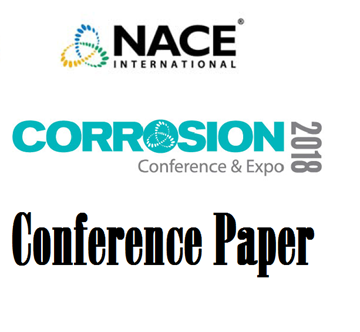Search
51318-11189-Corrosion Protection of Out-of-Service Pipelines
Also Purchased
51318-11184-Advances in on-site corrosion inhibitor management
Product Number:
51318-11184-SG
Publication Date:
2018
$20.00
51318-11191-Behavior of High-Temperature Materials in Sulphur-Containing Steam Cracking Conditions
Product Number:
51318-11191-SG
Publication Date:
2018
$20.00
51318-11152-Risk Based Subsea Inspection Planning and Corrosion Management.
Product Number:
51318-11152-SG
Publication Date:
2018
$20.00
Recently viewed




